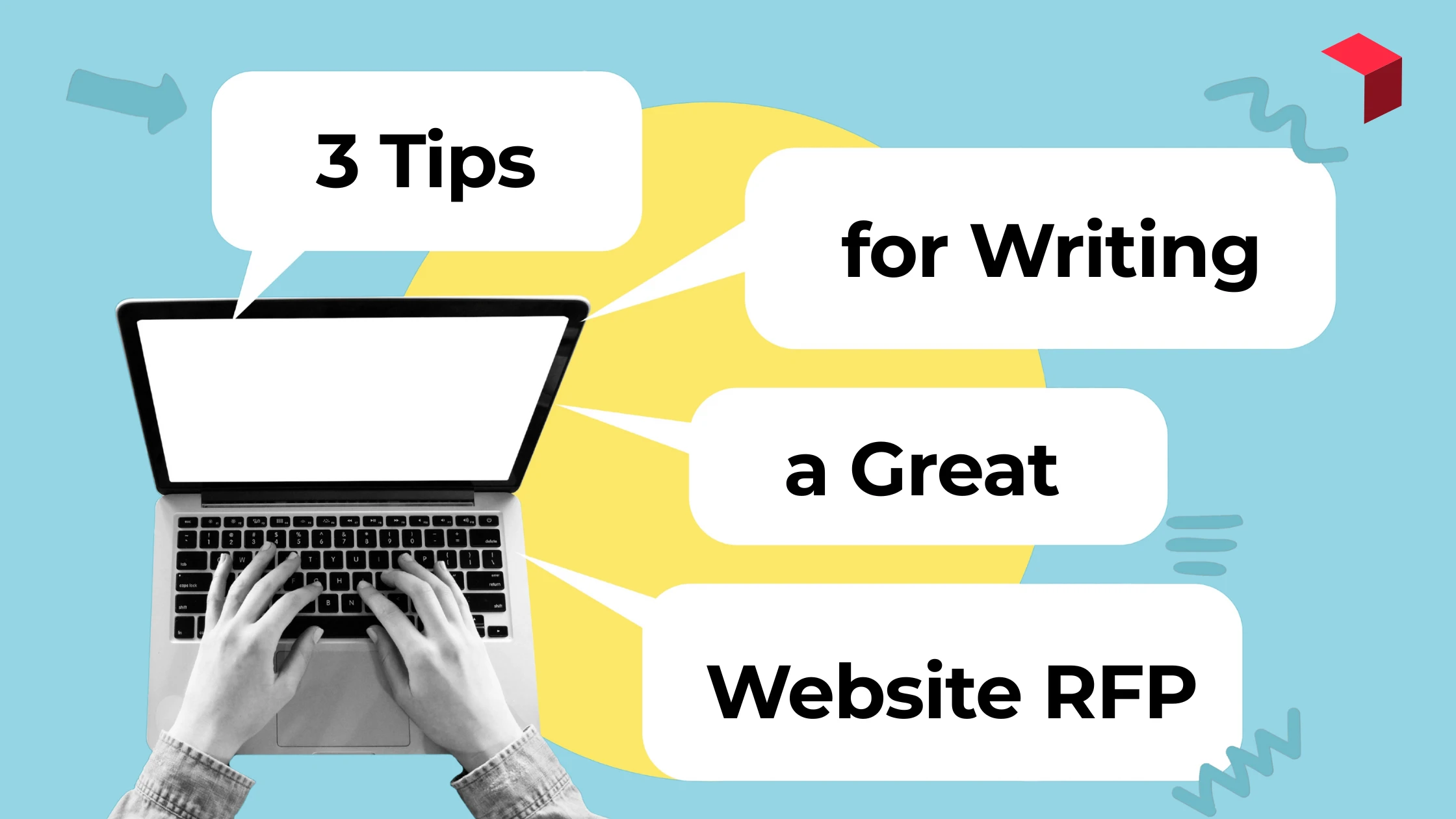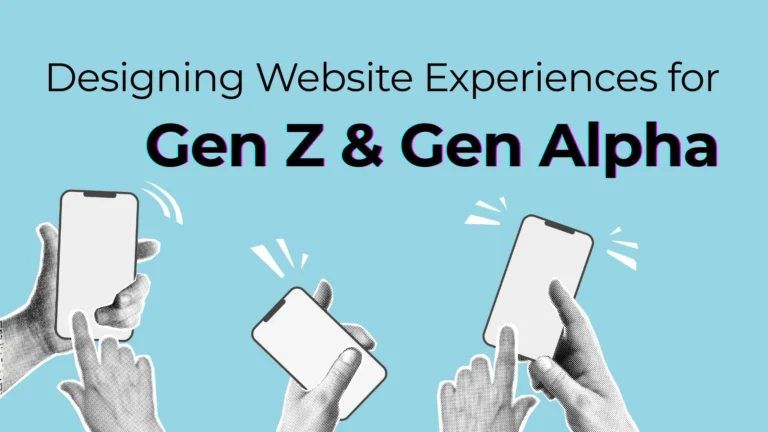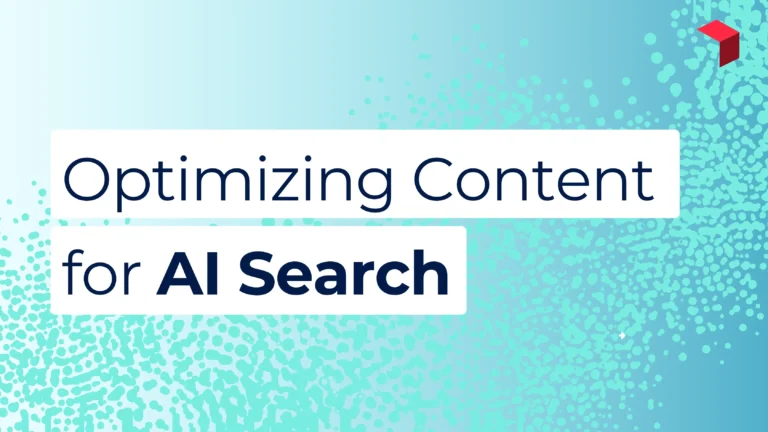Writing a website RFP can be daunting, especially for higher education institutions and nonprofits juggling multiple priorities, stakeholders, and goals. At iFactory, we often respond to RFPs, and we know the process can sometimes turn into a checklist of technical specifications and deliverables. The result is sometimes a document that dictates technology and specifications, but sometimes fails to clarify larger project goals.
We have found often the best RFPs take a step back and look at the 30,000-foot view of the situation. What are the institutional priorities? How do we envision the website supporting them? How will we measure success? How will we unveil the work across the institution without causing too much disruption and rumbling?
Here are three ways to craft a website RFP that inspires better proposals and better project outcomes.
Start with the “why?” before you define the “what.”
Tip 1: Define Outcomes, Not Just Deliverables
Many higher ed web teams begin their RFPs with a long list of technical needs: new templates, better search, improved accessibility, a modern CMS. But before specifying what you want, start by identifying key challenges and goals.
Ask:
- What problem are we trying to solve?
- Who are our primary audiences?
- What measurable results do we expect this project to deliver?
For instance, instead of writing, “We need a new events calendar in Trumba,” try to reframe it as:
“We want to increase event awareness by 10% and attendance by 5% within 12 months by improving visibility and prominence of the events on the website. We currently use Trumba as our calendar system and would like to continue to do so.”
This subtle shift opens the door for everyone to think strategically. The solution may not be what you originally had in mind, but it may be more effective.
Focus on Measurable KPIs
When defining goals, include measurable key performance indicators (KPIs). Split these into leading indicators (e.g., event signups, program inquiries) and lagging indicators (e.g., applications submitted, donations made). This clarity helps agencies propose strategies that align with your institutional priorities, rather than just delivering a checklist of features.
Encourage Strategic Creativity
Throw some challenging questions into the mix to better understand how teams work to achieve different outcomes.
For example:
“As we previously noted, we want to increase event awareness by 10% and attendance by 5% within 12 months by improving visibility and prominence of the events on the website. How would you approach designing a site that can meet those goals.”
A few challenging questions like these can give you a better window into the way different teams think.
2. Be Real about Budget and Timeline Constraints
Many organizations hesitate to include a budget range, fearing it will either scare off top-tier teams and cause others to inflate their pricing. While that is understandable, being transparent about budget can help you quickly find the most appropriate partners for your project.
By clearly stating your budget range:
- Vendors can tailor proposals to realistic parameters.
- You receive apples-to-apples comparisons.
- You avoid wasting time on mismatched proposals.
A range gives vendors flexibility while maintaining transparency. For complex higher ed projects that include CMS implementation, content migration, and accessibility compliance, such clarity helps vendors scope appropriately.
A plan is what, a schedule is when. It takes both a plan and a schedule to get things done.”
Peter Turla
Set Realistic Timelines
Great websites aren’t built overnight. Quality projects take time. Timelines can also vary greatly depending on scope, content volume, and stakeholder approval requirements.
Include key milestones such as:
- RFP release date
- Q&A dates
- Proposal submission deadline
- Shortlist/vendor interviews
- Selection and contract date
- Anticipated kickoff
- Anticipated go-live
If your timeline is flexible or phased, note that as well. Teams may propose creative scheduling solutions that deliver early wins while balancing long-term goals.
Provide Context for Constraints
Transparency doesn’t just apply to numbers. If your budget depends on fiscal-year funding, or your timeline is tied to academic cycles, state it clearly. The more context vendors have, the more accurately they can plan resources and manage risk.
3. Structure the RFP for Clarity and Collaboration
Organize your document with clear headers, bullet points, and concise sections. The clearer the ask, the better your chances are of getting clear, easy to read responses in return. Keep your formatting consistent and avoid unnecessary jargon.
A common and easy-to-read structure is:
- Organizational Overview
- Project Goals, Objectives and Desired Outcomes
- Audience Insights
- Functional Requirements
- Technical Requirements
- Budget and Timeline
- Evaluation Criteria
- Submission Instructions
Build Evaluation Criteria That Reflect Your Values
RFP responses can fall short if evaluation criteria are unclear to the people responding.
Define how you’ll assess proposals. Typical criteria might include:
- Strategic alignment with goals (30%)
- Higher ed experience (25%)
- Project approach and methodology (25%)
- Budget and timeline feasibility (10%)
- Post-launch support (10%)
Weighting criteria ensures your selection process is transparent which is important for both internal buy-in and vendor trust. It also forces your internal team to align around what is most important to them.
FAQs about Writing Great Website Redesign RFPs
These are some questions that we have been asked frequently as institutions prepare to write their RFPs:
What’s the ideal length of a website RFP?
A concise RFP is typically 10–15 pages, long enough to convey goals and context but short enough to be digestible.
Should I share internal documents or analytics with vendors?
It depends. If you are sending the RFP to a select few firms sharing high level Google Analytics, heatmaps, or user research helps vendors understand your challenges and craft relevant solutions. If the RFP is publicly posted, we recommend including some high level Google Analytics and summarizing other important key insights into few bullet points. After a final vendor is selected, and awarded the project, then you should freely share.
How far in advance should I release an RFP?
We recommend around 5 weeks. Allow 1 weeks for vendors to ask questions, 1 week for your team to answer them, and 3 weeks for vendors to prepare thoughtful responses.
Is it better to require a specific CMS in the RFP?
That depends. Do you have a CMS that you and your team currently use and want to continue to use? If so, be transparent about your preferences. If you have pre-existing preferences, or CMS’s that you do not want to use, be transparent about that as well. If you have no preferences at all, consider listing all of your CMS requirements in the RFP as well so vendors can make informed recommendations.
Should we request design mockups in the proposal stage?
No. Many agencies won’t respond if you ask for mockups, as mockups before discovery are very superficial.
What’s the best way to evaluate vendor fit?
There are many great vendors, but not every team is a good fit for every institution. Ask for case studies, client references, and a sample project plan. Look for understanding of your mission, not just technical skills. Meet with top scoring teams and see if there is team chemistry. Ask your team to honestly assess if they can you can imagine working with the vendor on long term project.
First, have a definite, clear practical ideal; a goal, an objective. Second, have the necessary means to achieve your ends; wisdom, money, materials, and methods. Third, adjust all your means to that end."
Aristotle
Clarity and transparency
A great website RFP doesn’t just list requirements—it communicates goals, empowers creativity, and sets the stage for long-term success. By focusing on outcomes, sharing realistic budgets and timelines, and fostering collaboration, your institution will attract digital partners who truly understand your mission.
When higher education and nonprofit teams write with as much clarity transparency and purpose as possible, the RFP becomes more than a procurement tool—it becomes the first step in a strategic partnership that advances your organization’s digital future.
Want to talk about RFPs? Or send us one?
iFactory is always happy to discuss RFPs, help craft them or respond to them. Just contact us, we are always happy to support you.




